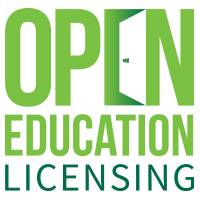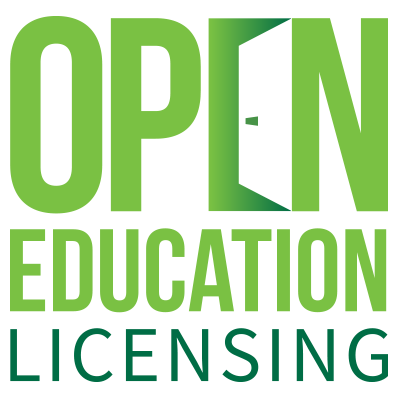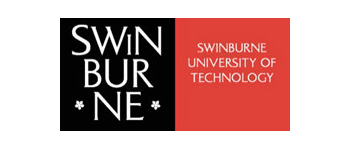If you’ve found yourself confused about what open means in particular contexts, Jeffrey Pomerantz and Robin Peek’s essay Fifty shades of Open might be a useful read. It goes into depth about the history and context that have led to the range of usage of the word in a scholarly and readable account.
This snowballing growth of openness is socially beneficial, and, we believe, will make the world a better place. The one downside, however, is this: as openness increasingly comes to be the norm, more phraseological neologisms will be coined using the word “open.” As the word ”open“ is used more, it will inevitably be used in new, and sometimes confusing, ways. Ambiguity leads to misinterpretation. This essay is an attempt to disambiguate the many meanings of the word ”open.“
The essay covers a wide range of activities and warns against increasing use of the term outside its accepted meaning, as discussed by Rolin Moe for example in many of the online courses dubbed MOOCs which required enrollment, sometimes payment to receive certification, and in which access to resources is strictly controlled.
The continuum of openness created by the OEL Project team also offers a way to think about degrees of openness, though it is a tool for considering the spectrum of options available rather than an attempt at definition. The continuum includes legal, technical, and accessibility as aspects of openness, acknowledging that barriers to access are not simply legal.
Both are available under Creative Commons licences.






